In addition to more gray hairs and wrinkles, there's a chance you'll have more aches and pains in your 40s. Perhaps you're not bounding out of bed like you used to and instead, feel a little twinge in your low back most mornings. Or maybe your hip or knee joints ache after hiking or playing tennis.
While getting a little achier with age is common and not necessarily something to be concerned about, the right stretching routine can help you avoid aches, says personal trainer Rachel Southard.
Here, Southard shares her five favourite stretches for preventing injury, decreasing post-workout soreness and helping you stay ache-free in your 40s, 50s and beyond.
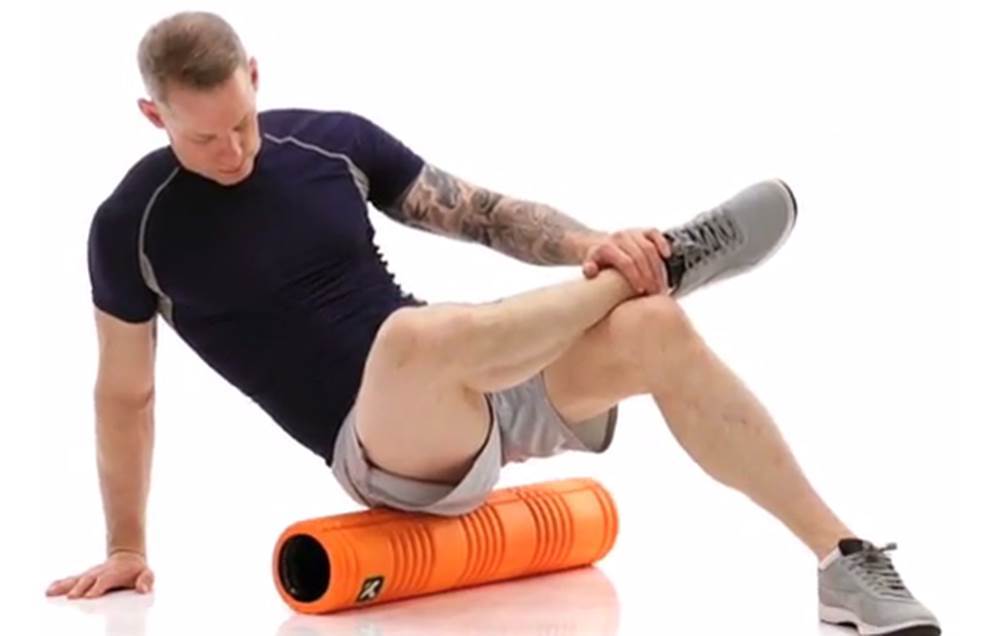
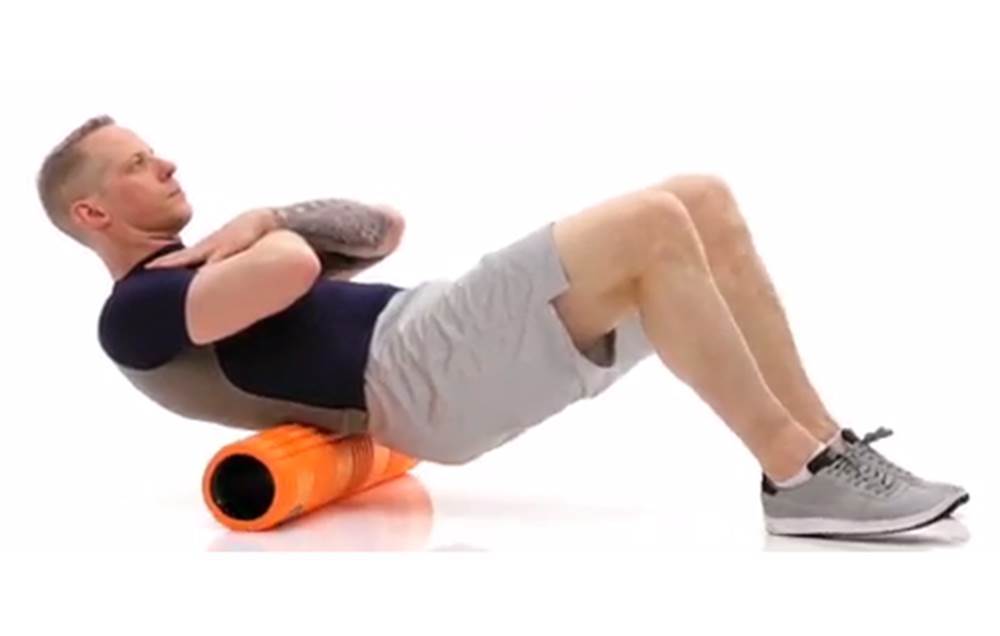
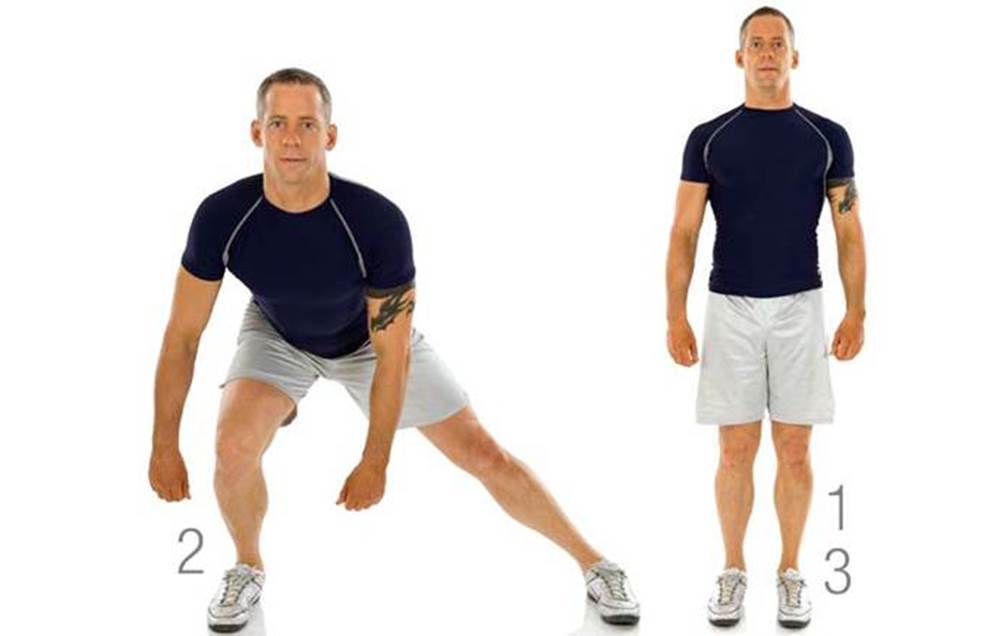
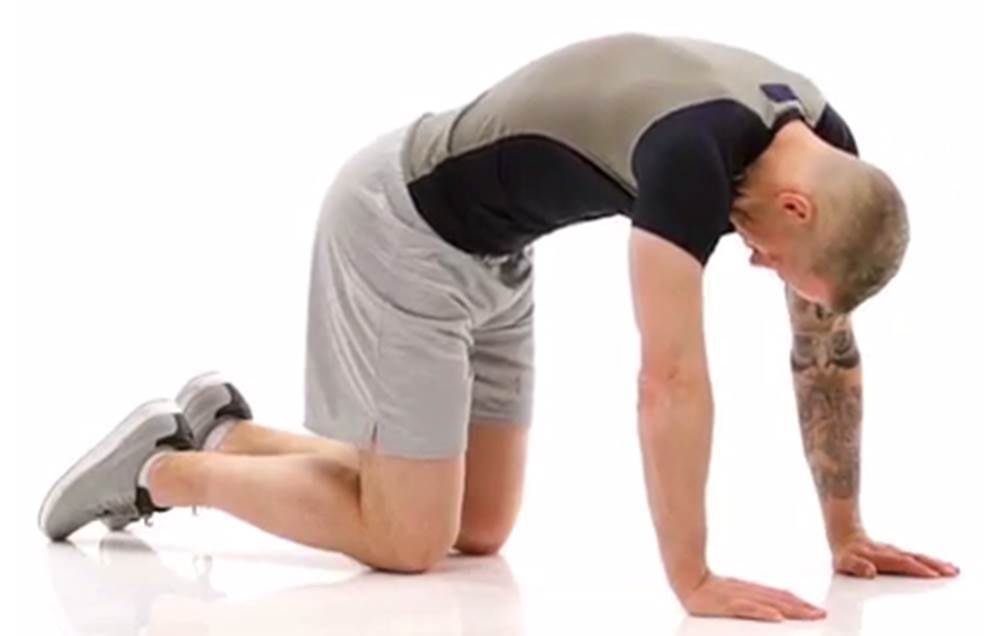

Photograph courtesy of Rachel Southard
Pre-Workout Piriformis Roll
If you're using a foam roller only after you exercise, you're missing out, says Southard. "Foam rolling increases your core body temperature, as well as your range of motion, which not only helps you get a better workout, but also keeps you safe from injury—and resulting aches and pains," she says. Rolling out the piriformis—a muscle located in the butt region—keeps the hips, back and legs pain-free even before you get moving.
How-to:
- Sit upright on a foam roller and lean to your right side with your left knee bent and left foot on the floor. Bend your right leg and lift it to place your right ankle on top of your left knee.
- Support your body weight with your right hand on the floor behind you, then bend your right elbow as you roll back and forth over the side of your glutes. When you find a tender spot, hold for 30-60 seconds.
- Repeat on the other side.
Photograph courtesy of Rachel Southard
Post-Workout Low Back Stretch
Foam rolling after you exercise is a great way to release the fascia, or connective tissue, that surrounds your muscles, says Southard. "Ultimately, doing this after your workouts will lead to more flexibility and mobility, and decrease soreness as a result," she says. Considering low back pain is a common complaint, especially as we age, this stretch can help keep this area healthy and ache-free.
How-to:
- Place a foam roller on the floor and lay on top of it, so your mid-back is on top of the roller. Cross your hands over your chest and keep your knees bent and feet flat on the floor.
- Push away from the roller and roll down toward your glutes, feeling a release in your mid and low-back, then roll back up. Repeat for 30-60 seconds.
Photograph courtesy of Rachel Southard
Pre-Exercise Lateral Lunges
It's important to include dynamic stretching—stretches that happen while you move—in your warm-up before exercising, says Southard. "Ideally, dynamic stretches act like rehearsal movements, mirroring the exercises you'll do in your workout in order to prepare your muscles for peak performance and reduce your risk of injury and post-exercise pain," she says. Lateral lunges work multiple muscles in your legs, inner thighs and core, making it a great all-over lower body stretch, says Southard.
How-to:
- Stand upright with your arms by your sides. Take a step out to one side, bending into that outside knee to lower down and leaning your torso slightly forward.
- Keep your outstretched leg straight, then push off your outside foot to return to starting position.
- Repeat on the other side. Do this dynamic stretch for 30-60 seconds.
Photograph courtesy of Rachel Southard
Cat/Cow
Southard says one of the most common complaints she hears from her over-40 clients is back pain, which is why she says focusing on spinal mobility is crucial. "We use our core muscles—which wrap around the trunk and include the abdominals as well as the muscles in our low back—all day long to sit up, walk, bend and lift things," says Southard. "Then, we work out and nearly all of the exercises we do activate our core as well." That's why it's especially important to create spinal mobility by stretching the core muscles before and after every workout, she says. Her favourite is a move you're likely familiar with if you've ever taken a yoga class: "Cat" and "Cow" stretches.
How-to:
- Start on the floor on your hands and knees, with your hands under your shoulders and your knees under your hips.
- Push into the ground with your hands to round your back, pulling your abdominals up and in and lowering your head. Return to starting position.
- Lift your chin and tailbone to the sky, creating an arch in your back as you drop your belly toward the floor. Return to starting position again.
- Repeat each movement 10 times.
Photograph courtesy of Rachel Southard
Hip Flexor Release
While most people think of stretching the obvious muscle groups, like the hamstrings and chest muscles, Southard says most of us forget to stretch our hip flexors. These muscles run from the lower spine, down the front of your hips and attach to the top of your leg bones. They are responsible for lifting your knees to your chest—and are often chronically tight due to days spent sitting, which keeps the hip flexors contracted and leads to short, tight muscles. This hip flexor release can be done before or after you exercise and even throughout your day to prevent contraction (and resulting pain) in the area.
How-to:
- Place your left knee on the floor and step your right foot forward into a lunge.
- Keep your right foot flat as you lean your weight forward into your front foot, lowering the left hip toward the floor and feeling a stretch in your left hip flexors. Hold here for 30-60 seconds.
- Repeat on the other side, with your left foot in front and right hip dropping toward the floor.






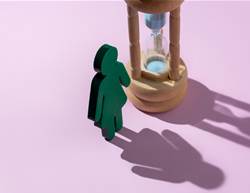

.png&h=193&w=250&c=1&s=1)
